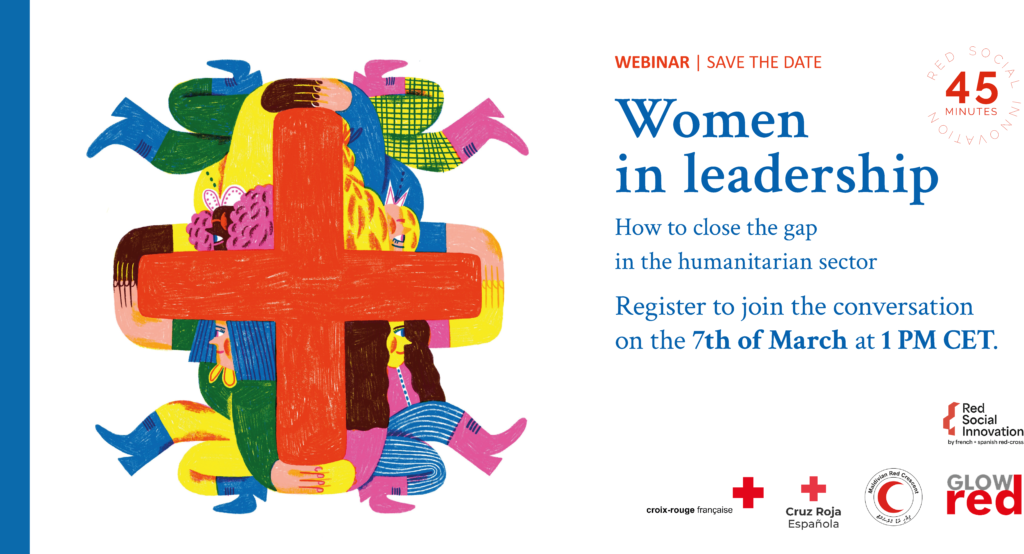
Globally, only 31% of leadership roles are occupied by women. Besides, within the humanitarian field, gender parity is a long way off since women are still being underrepresented and have limited access to positions of leadership. While the Taliban’s recent decision to ban women’s engagement within NGOs in Afghanistan reminded us how essential it is to protect this right for women, it’s also important to highlight that women are often essential for the frontline of community engagement. In the Red Cross Red Crescent global Movement, between 45 and 57 percent of the volunteers are women. Yet, before 2022 and the creation of the Glow Red network, the percentage of women on the Governing Board of the International Federation of the Red Cross was only 17%.
Whether it is through entrepreneurship, skill training, or cultural change, how can we close this leadership gap in the humanitarian sector?
Women in leadership roles
The impacts that women in leadership can have within an organisation are multiple. Research conducted by the Humanitarian Advisory Group has shown that companies who reported having at least one woman on their board yielded a higher return on investment compared with companies who had no women on their boards. However, women hold only 12 percent of the world’s board seats.
Furthermore, having more women in decision-making and leadership positions is proven to lead to improved gender considerations in programming and greater achievement of gender equity goals. Moreover, it has been noted that when women occupy decision making positions and leadership roles, they are more likely to lead portafolios such as healthcare, education and childcare. Besides, in times of crisis, women’s contribution as first responders has been considered essential for achieving successful disaster response.
Entrepreneurship as a tool to promote women’s leadership
Whether it is through skills training, mentoring or entrepreneurship, promoting women leadership is one of the crucial elements to prioritise in order to target gender inequalities and injustice. According to the Global Entrepreneurship Monitor, 231 million women launched or operated businesses in the 59 economies around the world. Additionally, Szostak’s identity study established that entrepreneurs and leaders share several qualities, some of these being; patience and persistence in achieving goals, ability to set goals, responsibility, self-confidence, and resilience.
Women engaged in entrepreneurship activities participate actively as direct and indirect leaders of their community, generating value, overcoming poverty and promoting social and economical development (Bullough, 2015). By setting an example among other women and future generations (Morris & Brennan, 2003; cited by Bullough, 2015), women entrepreneurs not only create jobs and actively share their knowledge, but also use their earned income to support their household.
45 minutes
On March 7th at 1pm CET, Red Social Innovation and GLOW Red are organising a 45 minutes webinar on the following subject: Women in Leadership, how to close the gap in the humanitarian sector? Over the course of this discussion, you will hear about Margareta Walström, former President of the Swedish Red Cross and Representative of GLOW Red, the global network of women leaders in the Red Cross Red Crescent Movement.
You will then listen to Aisha Niyaz, Vice President of the Maldivian Red Crescent who will tell us more about the challenges she overcame as leader of a humanitarian organisation.
Right after we will connect with our team in Mombasa, Kenya to know more about the Women Social Entrepreneurship Institute of the French and Kenya Red Cross Societies. Last but not least, we will finish with the testimony of Barefoot college, a global network working with rural women so they can become solar engineers. Interested in joining in?
Looking forward to our event,
The Red Social Innovation and the GLOW Red Secretariat


